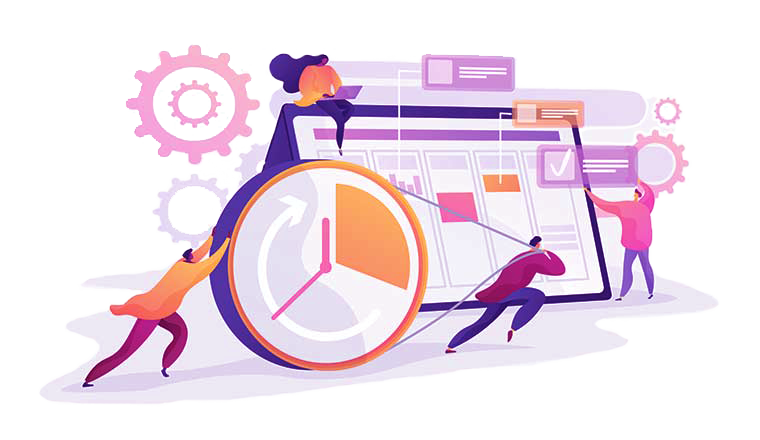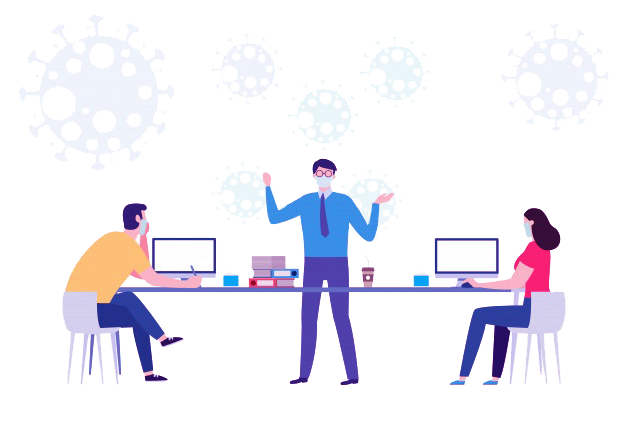Even before the pandemic, businesses were incrementally testing remote workplace ideas taking advantage of digital innovations and growing demand for flexible work policies. Such incentives were aligned with rising rentals and overhead costs associated with maintaining large office spaces. COVID -19, however, has abruptly changed this incremental strategy. What was gradual transformation, turned to a risk mitigation exercise to rapidly limit onsite physical proximity between staff. The incentives have altered from productivity improvement and employee satisfaction to business continuity and safety. This is overwhelming, specially for businesses that have to depend on physical presence of large part of it’s workforce. It is a tricky balance to resume business activities while maintaining safety by reducing person-to-person exposure.
Our motivations are based on the following manifesto of change.

Let's get real; it is not possible to entirely eliminate the COVID- 19 risk at workplace. There are many known unknowns and inconclusive guidelines as to how the infection spreads. Also, there are uncontrollable factors both in and outside the office space, which makes accurate predictions of risks challenging.
In the immediate term the question then is - How can we manage the risks systematically to avoid random disruptions of business? In the unfortunate case that someone is infected, how do we determine the level of risk the organization faces? Do we close the entire facility or partially quarantine spaces? How do we maintain the most critical tasks for business continuity?
We will need to evolve the decision rules to systematically balance risk with business continuity in the "New Normal".
RESET uses social network algorithms to understand the pattern of exposure from physical proximity in workplace to determine
Individuals and teams are best suited to decide for themselves, based on their perception of risk, the potential of moving to remote work. Since employees are shouldering the risk on behalf of the business, leadership should facilitate teams to plan their own transitions, while the organization adapts it’s policies accordingly.

RESET supports team planning to decide

Transitioning to the new normal isn't a one shot exercise. The biggest unknown question looms large - is this shift permanent or transient?
Tactical decisions needed to minimize COVID-19 risks are also opportunities to learn, adapt and design your own new normal. It is important to keep ears to the ground and understand the different dimensions of a remote or hybrid workplace. The leadership, culture, performance, facilities management will simultaneously have to evolve.
RESET enables tracking the different aspects of change for continuous learning and improvement
Perceptions of staff might differ on what lies ahead for the business and their own future. During such uncertain times, sentiments can oscillate between hope and anxiety. A big part of crisis management is to provide timely information to facilitate a collective understanding of the situation and the individual risks involved at the workplace. At the same time the organization needs to be mindful of privacy concerns about individual health status to avoid additional emotional stress and stigma. The need is to create an environment of transparency and commitment for adoption of change measures taken by the organization.

Through RESET, organizations are able to provide data driven insights to communicate the complex transition process as it happens

The pandemic will impact employees differently depending on variety of factors, like demographics, income, mode of transportation, residential zones etc. Communications and engagement should empathize with the individual status and conditions.